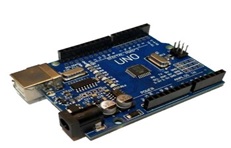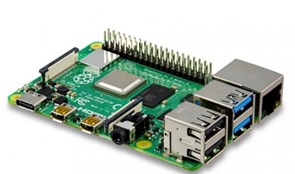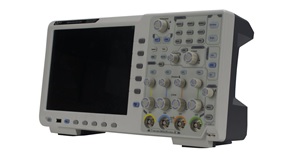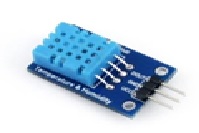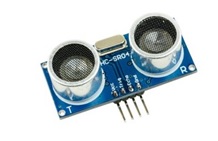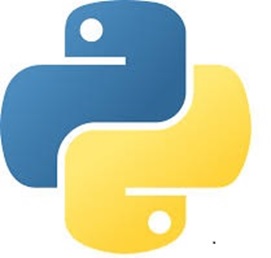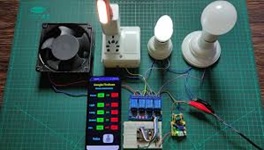Internet Of Things (IOT) Lab
|
1. Course Objectives: This Course focuses on hands-on IoT concepts such as sensing, actuation and communication. This Course focuses on Internet of Things (IoT) prototypes—including devices for sensing, actuation, processing, and communication—to help you develop skills and experiences. This Course focuses on real world applications of IoT. |
|
|
2. Course Outcomes: Upon successful completion of the course/Lab the students will be able to |
|
|
CO1: After the completion of the course, the students will be able design some IOT based prototypes. CO2: The student will able to learn about embedded OS used for IoT application. |
CO3: Able to learn about communication protocol of IoT. CO4: Develop knowledge of IoT hardware and software. CO5: Develop knowledge of sensors and actuators. CO6: Study of some real world IoT applications. |
|
3. Main Equipment’s/Software’s Available |
|
|
3.1 Arduino Daughter Board : This daughter card is an Arduino Uno board ATmega328P microcontroller and developed by Arduino.cc. The board has 14 digital I/O pins (six capable of PWM output), 6 analog I/O pins, and is programmable with the Arduino IDE via a type B USB cable. It can be powered by the USB cable or by an external 9-volt battery, though it accepts voltages between 7 and 20 volts. |
|
|
|
3.2 Raspberry Pi 3B+ Original: a 64-bit quad core processor running at 1.4GHz, dual-band 2.4GHz and 5GHz wireless LAN, Bluetooth 4.2/BLE, faster Ethernet, and PoE capability via a separate PoE HAT. The board has following specifications: Processor: Broadcom BCM2837B0, CortexA53 64-bit SoC @ 1.4GHz Memory: 1GB LPDDR2 SDRAM Access: Extended 40-pin GPIO header Video & sound: 1 × full size HDMI, MIPI DSI display port, MIPI CSI camera port, 4 pole stereo output and composite video port. |
|
3.3 Digital Storage Oscilloscope: A digital storage oscilloscope (DSO) is an oscilloscope which stores and analyses the input signal digitally rather than using analog techniques. It is now the most common type of oscilloscope in use because of the advanced trigger, storage, display and measurement features which it typically provides. |
|
|
|
3.4 DHT Sensor:The DHT11 is a commonly used Temperature and humidity sensor that comes with a dedicated NTC to measure temperature and an 8-bit microcontroller to output the values of temperature and humidity as serial data. |
|
3.5 Ultrasonic Sensor: Ultrasonic sensors are electronic devices that determine a target’s distance. They work by emitting ultrasonic sound waves and converting those waves into electrical signals. Furthermore, ultrasonic travel at a faster rate than audible sounds. Therefore, ultrasonic sensor work involves sound waves to find the distance to an item. |
|
|
|
3.6 Python: Python is a high-level, general-purpose programming language. Its design philosophy emphasizes code readability with the use of significant indentation. Python consistently ranks as one of the most popular programming languages, and has gained widespread use in the machine learning community.[
Python is dynamically typed and garbage-collected. It supports multiple programming paradigms, including structured (particularly procedural), object-oriented and functional programming. Python was invented in the late 1980s by Guido van Rossum at Centrum Wiskunde & Informatica (CWI) in the Netherlands as a successor to the ABC programming language. |
|
3.7 Home automation :Home automation refers to the use of technology to control and manage various household systems and devices automatically, either remotely or based on pre-set conditions. It typically involves the integration of smart devices such as lighting, heating, cooling, security systems, appliances, and entertainment systems into a connected network that can be controlled via smartphones, tablets, voice commands, or sensors. |
|
|
4. Suggestive List of Experiments |
|
|
|
|
5. Suggested Books: |
6. References |
|
|
https://www.geeksforgeeks.org/getting-started-with-arduino/
|
|
FACULTY COORDINATOR: Dr. L Shyam Sunder Singh LAB INCHARGE: Ankita Sharma |
LAB CO-INCHARGE: Manoj Kumar Bairwa PLACE: Room#14, Ground Floor, CSED@NIELIT |







